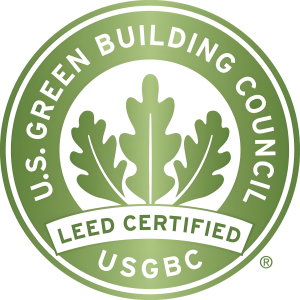Where are we now?
The recent report from the Intergovernmental Panel on Climate Change (IPCC) emphasizes that to avoid the worst impacts of climate change and limit global warming to the Paris agreement goal of 1.5°C, quick and comprehensive changes to the way we use power are required.
Decarbonization is a big word for a big goal: reducing or stopping carbon gases, especially carbon dioxide (CO2), from being released into the atmosphere and raising global temperatures. Working to reduce greenhouse gas emissions (GHGs) is nothing new for the green building sector, but bringing them down to zero presents new challenges.
Buildings and construction are responsible for about 30% of energy-related CO2 emissions globally. As USGBC’s building decarbonization issue brief shares, having clean energy technology and solid operations strategies in place isn’t enough; to make it all work, we also need broad buy-in, and that means sharing convincing data, empathizing with local priorities and getting supportive incentives and policies passed.
For buildings ranging from airports to schools, zero carbon plans are being put into place. There’s no time to lose in the fight to mitigate climate change. So, how do we get there?
What do we need to do to reach zero carbon?
1. Focus on the full life cycle of a building.
New buildings: Embodied carbon is what is released into the atmosphere as the result of constructing a new building. This can include extracting raw materials at the point of origin, manufacturing those materials into usable form, transporting them long distances, building a structure, and eventually, demolishing or recycling the materials at the end of the building’s life.
Existing buildings: Operational carbon is what is emitted when a building is in use and all systems are running and being maintained. It includes CO2 generated by powering the structure, operating heating and cooling, and running lights.



